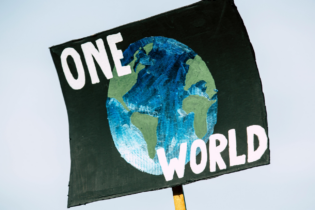The Department of Environmental Affairs (DEA) has gazetted draft regulation on 18 July 2014 with respect to the mandatory reporting of greenhouse gas (GHG) emissions.
Government has indicated that companies will need to calculate and report on their carbon footprint on an annual basis in light of the coming carbon tax in 2016. This National Atmospheric Emission Reporting Regulation draft announced the internet-based system, called the National Atmospheric Emissions Inventory System (NAEIS), which can be used to submit greenhouse gas and air pollutant inventory to the authorities. “Businesses will face the responsibility of calculating their carbon footprint but have not yet had the necessary training and tools to submit correct and accurate information. This could have a detrimental impact on the planning and preparation for future reporting,” said Robbie Louw, director at Promethium Carbon, a carbon and climate change advisory firm. Promethium Carbon, together with Environmental and Sustainability Solutions, has developed a climate change and carbon management training course that will equip companies to calculate and report on their carbon footprint.“Our aim with the climate change and carbon management training course is to enable and empower people on their journey to a lower carbon economy. The training provides a practical tool that will equip individuals within the green jobs sector of South Africa,” said Mr Louw.
The National Climate Change Response White Paper (NCCRWP), which was published in October 2011, indicated that companies and installations that emit more than 100 000 tons of CO2 per year will need to report their GHG emissions. The National Development Plan for South Africa endorsed the implementation and realisation of this NCCRWP. The mandatory annual GHG reporting is also emphasised by the draft air pollutant regulation that was published by the Department of Environmental Affairs during March 2014. This declares greenhouse gases as a priority air pollutant and instructes entities that emit more than 100,000 tons of CO2e per year to submit a pollution prevention plan to the Minister from 2015.






